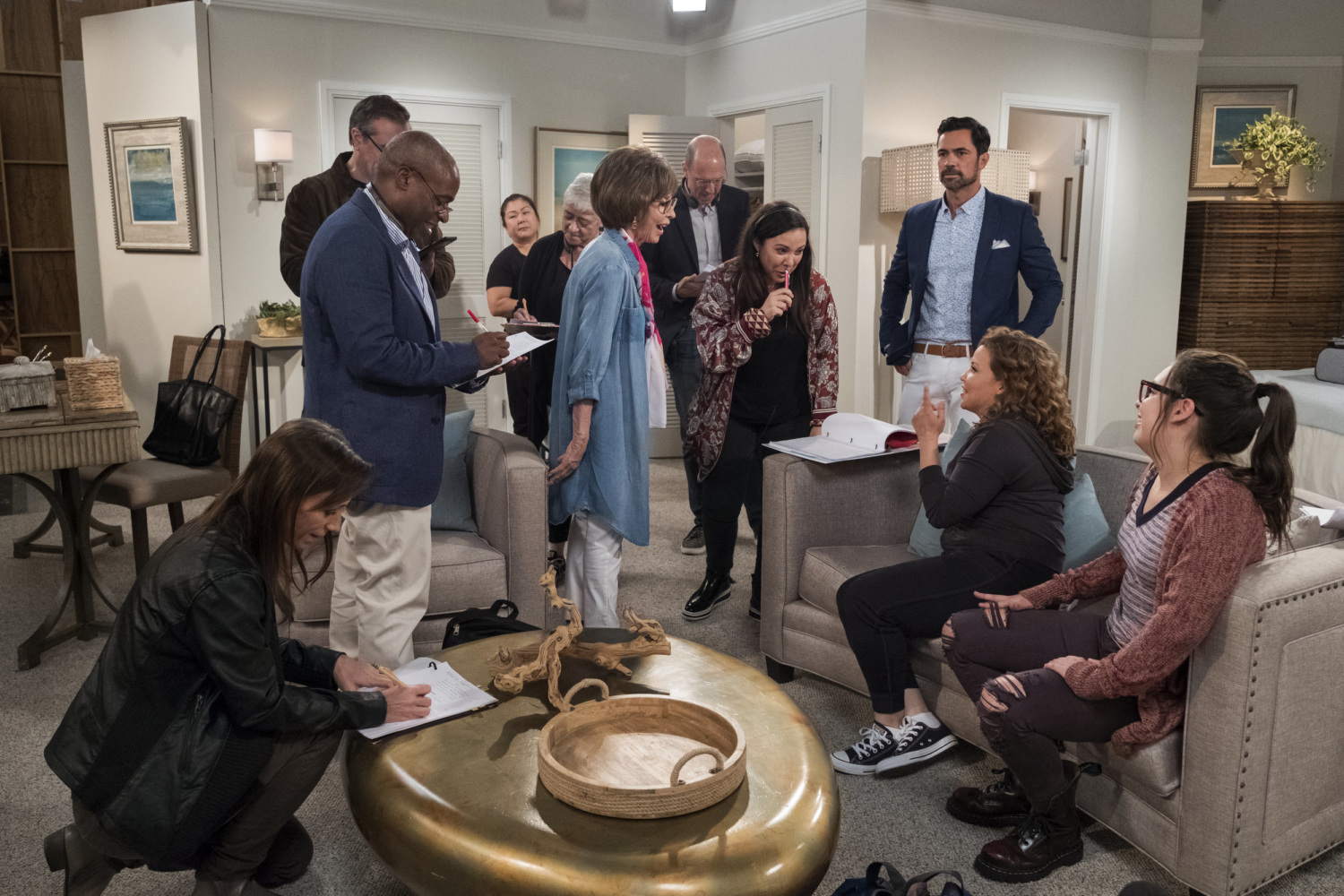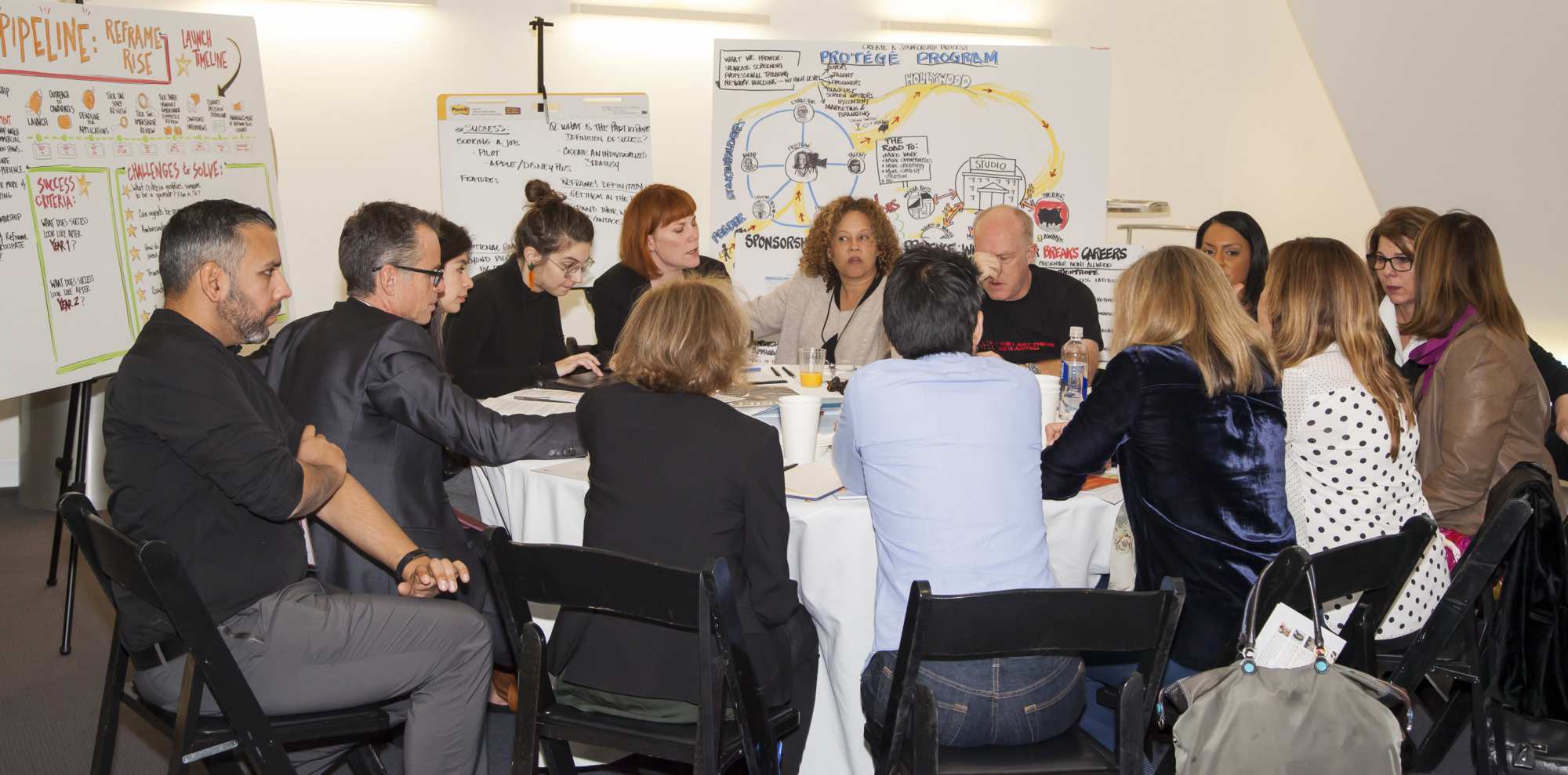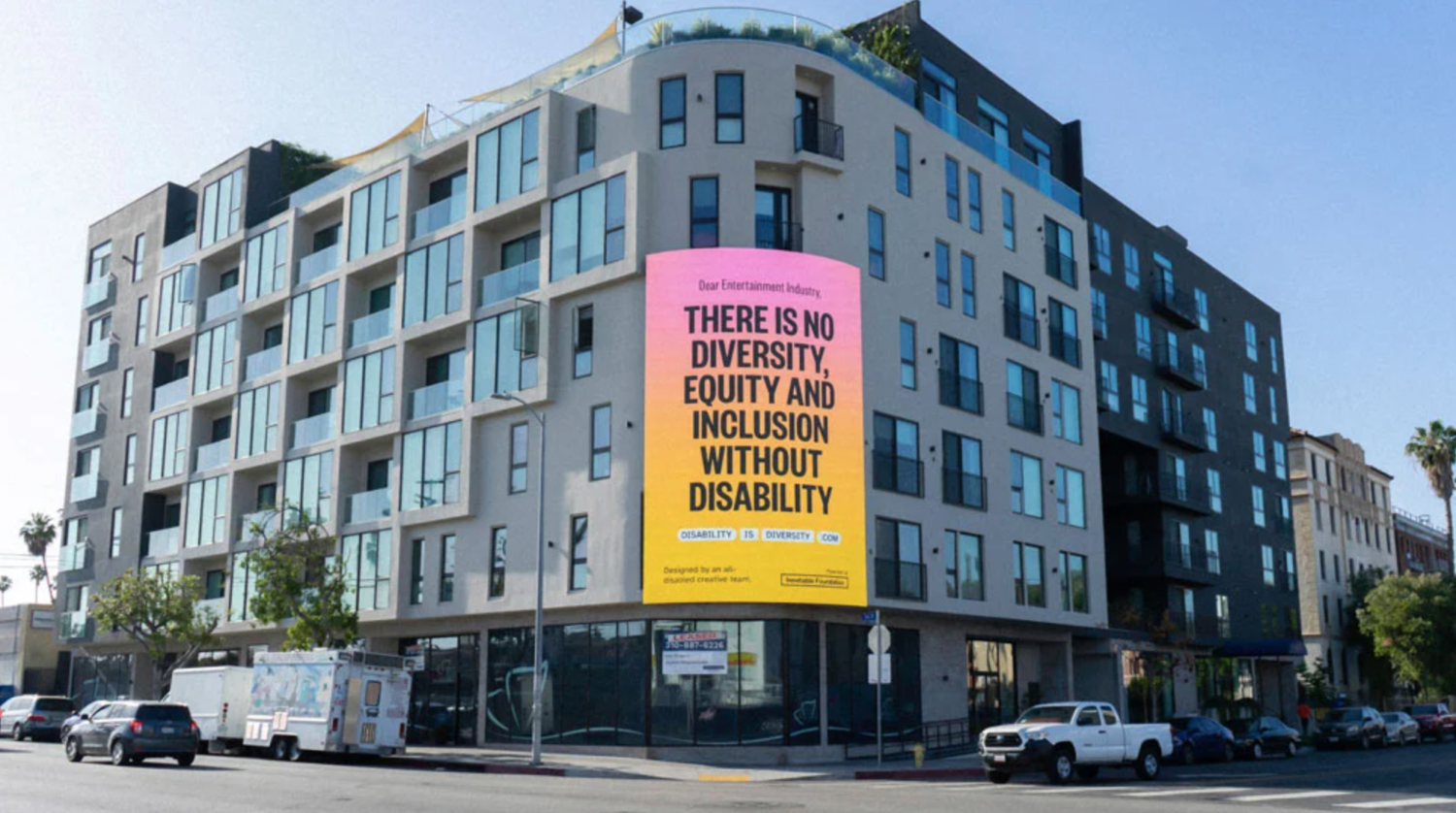Staffing Writers Rooms: Best Practices
The recent WGA West Inclusion and Equity report revealed “While women and BIPOC writers have made significant hiring progress over the last decade, men, and white men in particular, remain predominant in both the higher levels of TV employment and in features.”

"Things are finally changing, but there has been a practice for a long time that by having one person represent a gender or race in the room that the producers had "covered their bases" so to speak putting undue burden on that writer to speak on behalf of all experiences and to educate the room, vs. having a truly diverse group of creatives authentically writing the content."

Who tells the story, matters. Ensuring that your writers rooms reflect a range of perspectives and experiences, informed by the talented writers and their identities and expertise, is critical.
Staffing your writers room should be in line with inclusion standards set forth by your producer, studio or network. If the company you’re working with does not have an inclusion policy in place, we encourage you to employ best practices set out by those companies that have developed these standards.
In Amazon Studio’s Inclusion Policy, they state: “Each film or series with a creative team of three or more people in above-the-line roles (Directors, Writers, Producers) should ideally include a minimum 30% women and 30% members of an underrepresented racial/ethnic group. These aspirational goals will increase to 50% by 2024. On creative teams with fewer than three people, we prefer that at least one Writer, Director, or Producer be a woman and/or a member of an underrepresented racial/ethnic group. A single team member can fulfill one or more of these identities.”
Learn MoreRight now, there is a concerted effort from many places to increase diversity but this usually involves making sure there is at least one woman or one Black person in each writers' room. That isn't enough and it leads to tokenization and too much responsibility on that one person.
Further, in their Inclusion Playbook, Amazon recommends “If you ask agents or managers for a list of clients, make sure you share the skill sets you have identified as important, and indicate that you would like to consider a range people of all genders, those from a variety of racial/ethnic backgrounds, people with disabilities, and other attributes of diversity. If the agent or manager asks for targets, indicate that the list should approximately reflect the population of the country, based on the latest Census figures.”


It’s important to remember that if you have overall targets for the representation in your room, the talent you’re calling in needs to be a pipeline to that target – meaning you won’t reach a balanced and inclusive room makeup if you’re not interviewing a diverse talent pool.
Most importantly, each show, each story, has a unique set of circumstances and characters that requires a unique blend of voices in the room. You must consider the characters you’re centering, the world you’re building, and how authentic representation in the room will ensure that you deliver the most authentic storytelling.
Visit the ‘Developing Material’ section of the ReSource for more tools and connections to serve authentic storytelling.
Learn More